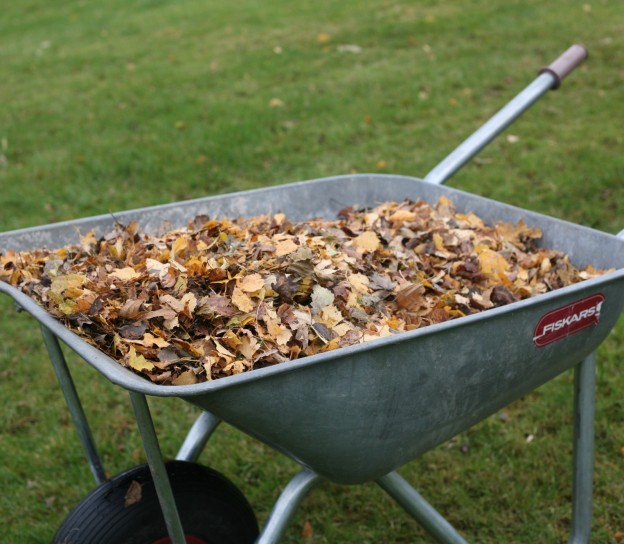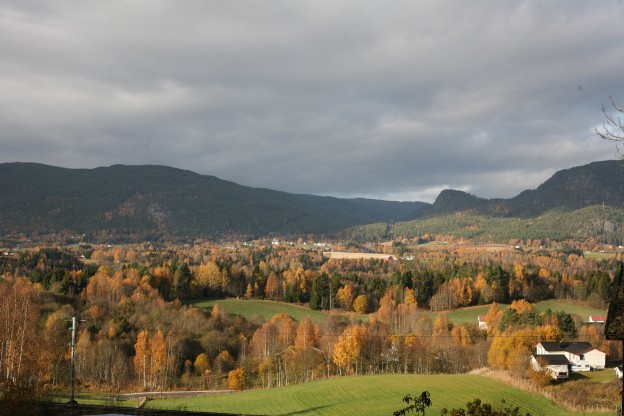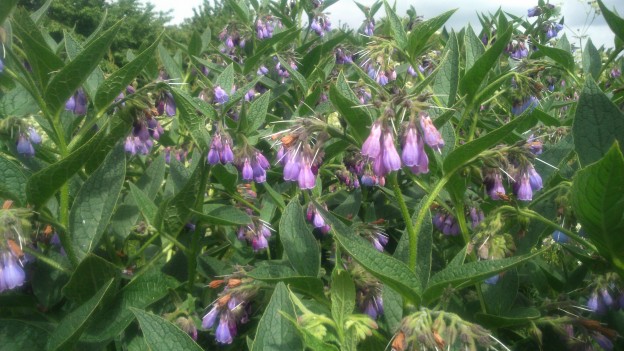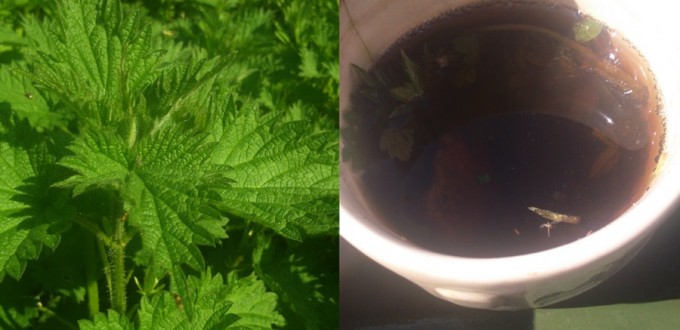In the last post I mentioned the term “closed loop” in referring to how I would like our farm to run. A closed loop system is one that is self sustaining, ie nothing needs to be brought in from the outside in order for it to continue. This self perpetuation is the same principle people often refer to as “self sufficiency” and you can find versions of it in use in places that practice permaculture, in forest gardening and many organic farms.
Nature itself is a closed loop. She needs nothing from us to go on being self sufficient. Unfortunately, we humans usually need and want elements in addition to what is naturally occurring. To meet our own needs initial investment or installation of outside elements is necessary. For us, that means vegetable beds, chickens, turkey, bees and eventually a micro flock of sheep. Although the addition of a these elements may not sound so large a change, they are. Fortunately by doing each step slowly and in turn and with some forethought it is possible to make each addition into a closed loop so that after the initial investment the cost is one of labor.
Even the addition of vegetable beds impacts the land. Everything we grow does so by withdrawing of nutrients from the soil. It is not enough to simply decide to grow your own food. While doing so is good, it’s not self sufficiency. To be self sufficient you must at the very least consider and replenish those lost nutrients. Best practice in this would be to aim to input more nutrient and organic matter into your growing beds than you take out. Doing so would increase on the soil life incrementally each year so that ultimately the land is healthier year on year. Makes sense, right? I think so.
In our case we began the replenishing cycle this autumn before the veg beds had even been dug or the first seeds even planted. In fact, my very first project here when I arrived in October was the construction of a pair of compost bins and a leaf litter pile. Composting on site is an easy first step to creating a closed loop for vegetable production. Leaf litter piles, which eventually rot down to what is refereed to as “leaf mold” is an excellent addition to soil for the retention of moisture. Our land is sandy loam, with a higher percentage of sand than loam, so anything we can do to promote retention of water for our growing veg is worthwhile.
One of the helpers I will be introducing into the farm life cycle will be the perennial Bocking 14 Comfrey a well known plant famed for it’s fertilizing properties in the organic world. Comfrey is such an important player in the plans for our farm that I’m going to write an in depth piece on it this year, but I digress.
Creating a closed loop for the vegetable production is essentially as simple as ensuring all of our vegetative growth from grass clippings and twigs to weeds and eventually the plants themselves gets recycled via compost. In the spirit of returning back more to the soil than what we have taken out, we will be adding Comfrey leaves, nettles and leaf moud. Overtime this cycle increases the fertility of our land, which increases it’s productivity allowing not only us to thrive but for the farm itself to do so as an ecosystem. Happily the closed loop system can be implemented with our livestock and to most every aspect of our food system on the farm.



